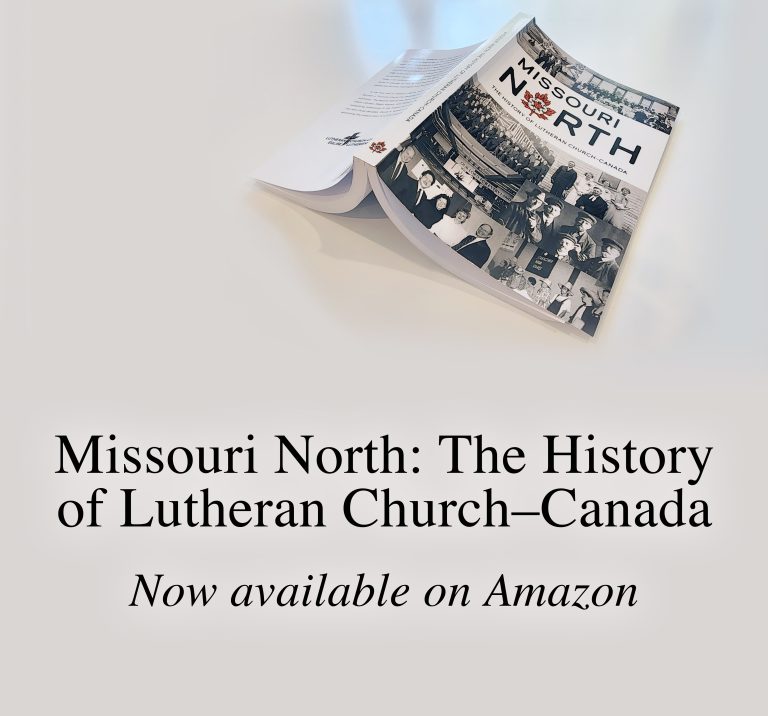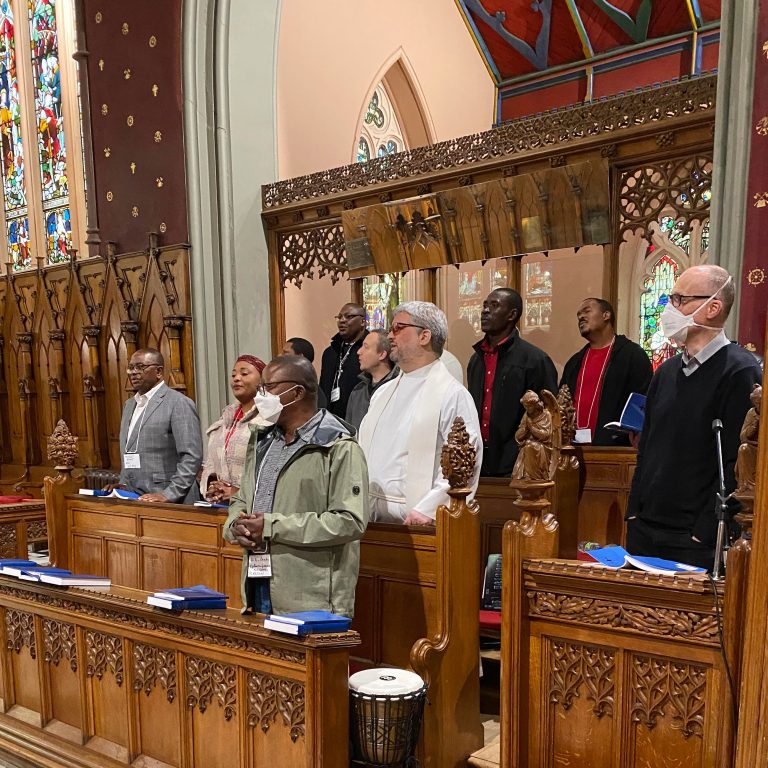Faith and Suffering

Adapted from “The Entombment of Christ,” Caravaggio (c. 1602-1603), Pinacoteca Vaticana, Rome.
by Richard Beinert
In the Middle Ages, it was not uncommon for people to use images of the instruments of Jesus’ torture and suffering as the basis for their meditations. While the practice might seem odd to us today, there was a strong sense at that time that suffering was somehow redemptive. After all, Jesus Himself taught that we are to take up our crosses and follow Him (Matthew 16:24-26) and that it is through trials and tribulations that we gain access the Kingdom of Heaven (Acts 14:22).
Needless to say, there are distortions in the way in which Christians have sometimes made use of these verses. Even today, there are some who feel that suffering makes them somehow inherently more worthy of grace. Like a Monty Python skit gone bad, there are movements within both society and the church that attempt to increase their own suffering at the hands of others—to increase their own trials in an effort to become ‘holier’ in the sight of God.
A closer look reveals some of the problems with this view. True, we will face struggles in this life. It is also true that Christ is present most powerfully in our moments of weakness, as St. Paul writes in those familiar words: “when I am weak, then I am strong” (2 Corinthians 12:10). But, as we are reminded by the writer of the book of Hebrews (2:10-11), it is ultimately Jesus Christ who perfects our salvation by taking our suffering onto Himself and dying on the cross. He thus becomes the one who sanctifies us by His grace—all in order to be present with us in our own deepest struggles (2:17-18; 4:15-16; 5:2), no matter what shape they take.
St. Paul put it this way: Christ became sin for us that we might become the righteousness of God (2 Corinthians 5:21). In the image of Jesus’ suffering and death we find, then, not simply an image of a distant God and Saviour who wants nothing to do with our struggles as we face them in the reality of day-to-day existence, but instead a God who comes to be our brother, right in the midst of where we are—even today. This was part of Luther’s insights in his Meditation on the Passion of Christ (1519) where he reminded his readers that Jesus’ crucifixion is not just an opportunity to meditate on the evil and cruelty in the world—or to gnash our teeth at others for their wrong-doings. If that is all we find in this image, then we have really missed the Gospel message that this image and event display. It is both our sin and our brokenness that Jesus took onto Himself that caused His own suffering and death. And as we behold this blessed image of God’s divine suffering on our behalf, we discover the beautiful message of the whole realty—that Jesus did this ‘for you’.
In the image of Jesus’ suffering and death we find, then, not simply an image of a distant God and Saviour who wants nothing to do with our struggles as we face them in the reality of day-to-day existence, but instead a God who comes to be our brother, right in the midst of where we are—even today.
The difficulty we face is that suffering is not an easy topic in our day and age. Amidst all of the images of wars and poverty-stricken areas, there is the constant call for us to engage with compassion to help ‘fix’ the many problems that are out there. While there are certainly many opportunities for us to do good, the tugging on our heart-strings can easily lead us to a point where we become overwhelmed by what psychologists call ‘compassion fatigue,’ which leaves us drained and feeling empty.
This is complicated by the way in which our culture suggests we can ‘fix’ suffering and even eliminate it, rather than acknowledging that suffering is simply a part of the human condition—a condition which is, as Scripture reminds us, built upon the brokenness called sin. All of creation groans waiting for the day of Christ’s return (Romans 8:22-25), when the struggle with sin will be finally wrapped up in the light of the first day of eternity and there will be no more sorrow or tears (Revelation 21:4). In the meantime, we continue to wrestle—even in ourselves—within this broken condition. But we do so with hope, rising from faith, because Christ has borne both our sins and our sorrows for us so that we can be His own. We are His through the waters of our Baptism, where our lives have come to be hidden with Christ in God (Colossians 3:3-4). And He is ours by faith (Ephesians 3:17), through which Jesus has come to be hidden within the heart and core of our being.
The trouble is that we don’t always have a good relationship with suffering when we encounter it in ourselves. Like Adam and Eve, we blame others for what we feel is wrong. Our minds race to find a ‘fix’ or a ‘solution’ rather than meeting Jesus who has come to hold us in the midst of wherever it is that we find ourselves. We add anger to our weakness to cover our feelings of helplessness in the hopes that it will give us a sense of strength and control. But the pain of brokenness and suffering besets us all this side of eternity. We cannot escape it even though we try. Neither can we master it or toss it out on our own. We often expend more time and energy fighting or fleeing the trials we encounter than living through them in the strength which our Saviour provides—trying to create solutions through our own strength.
Learning to embrace Christ in the midst of suffering then becomes one of the most challenging facets of our spiritual lives today—even as it was in Luther’s day, and in Paul’s day, and in Jesus’ day.
But faith is not only for when times are good; faith is the presence of Christ who comes to us in Word and the Sacrament to re-anchor us in Himself—no matter what we are going through—all to be our Rest and Peace. Our help truly does come from the Lord (Psalm 121:2), as our old liturgies used to say as we gathered before the Altar to confess our sinfulness. We make that confession in hope, lifting up our eyes to Jesus, coming again to receive Him and His loving compassion into the broken mess of our lives, to receive His strength and peace. With Jesus in the boat, we truly can smile at the storm (Mark 4:35-41).
Søren Kierkegaard once wrote that “life is not a problem to be solved, but a reality to be experienced.” He was addressing in part the absurdity of life as we encounter it, riddled with sin as it is. We have a tendency to think that, as a result of our culture’s scientific advances and learning, we can somehow escape the brokenness that underlies our world—to escape through our own technological and political efforts. Yet, one of the deepest insights of the Christian faith is the recognition that we can never pull ourselves out of our brokenness by what we do—or don’t do. Brokenness is just a fact of life until our Lord returns.
Faced with a tragedy like this, we are tempted to ask: where is Jesus in the midst of our pain and suffering?
It is the work of faith—the working of the Holy Spirit in and through our Baptism—to lead us away from seeking “do-it-yourself” solutions to the trials we encounter in life. The Holy Spirit instead leads us to put our trust and hope in Jesus who has carried our struggles in His own body on the cross. And He still comes to be present with us right where we are, no matter how messy the situation might be. Learning to embrace Christ in the midst of suffering then becomes one of the most challenging facets of our spiritual lives today—even as it was in Luther’s day, and in Paul’s day, and in Jesus’ day.
Our Triune Lord and God never leaves us alone, no matter what circumstances we face. That is Jesus’ baptismal promise that He will be with us to the very end of the age (Matthew 28:20). As St. Paul put it: there is nothing in all of creation that can separate us from the love of God which is ours in Christ Jesus (Romans 8:39).

“TRANSIT AUTHORITY,” ROMAN PASTUCHA (2002). From the Series “The Roamin’ Empire.” Oil on Canvas 80×86. Used with Permission (https://romancreative.wixsite.com/store).
There is a painting by Roman Pastucha called “Transit Authority” hanging in the narthex at Immanuel Lutheran Church in Winnipeg. It depicts the familiar image of Jesus’ body being carried to the tomb, surrounded by a grieving Mary, Mary Magdalen, and John the apostle. The jarring element around this image (derived from Caravaggio’s 17th century painting “The Entombment of Christ”) is that in Pastucha’s painting it is set within a subway station, with garbage in the background and a train barreling down the tracks. Behind the image of the grieving friends of family—with the lifeless body of Christ at the centre—is a sign identifying the location as the 96th Street Station near Mount Sinai Hospital in New York.
It is easy for congregants to miss the significance of that location in the busyness of their Sunday schedules. Not only does the name “Mount Sinai” have religious connotations; it is also only a few kilometres north of another subway station in New York: Cortlandt Station. That station was destroyed when the Twin Towers, under which it sat, crumbled beneath the weight of human cruelty on September 11, 2001.
Faced with a tragedy like this, we are tempted to ask: where is Jesus in the midst of our pain and suffering? Pastucha’s painting helps us to answer that age-old question: Jesus is here with us. We often think that He is somewhere else—that He comes to us only in moments of joy and happiness. This image, however, reminds us that even in moments of suffering and death, our Lord is with us today—right here, right now. He is here, beneath it all, carrying our suffering within Himself so that we might have life in His name.
The 17th century Lutheran pastor Christian Scriver once put it this way in a devotional work directed towards a society crushed by the ravages of the Thirty Years’ War: “Even a hen can find a speck of goodness on a manure heap.” No matter who we are, or what struggles we face—whether as individuals, as families, as parishes, or communities—we have hope in Christ through Baptism. He is our Lord and Saviour, our ever-present help in trouble (Psalm 46:1).
———————
Rev. Dr. Richard Beinert is pastor of St. James Lutheran Church in Winnipeg.





